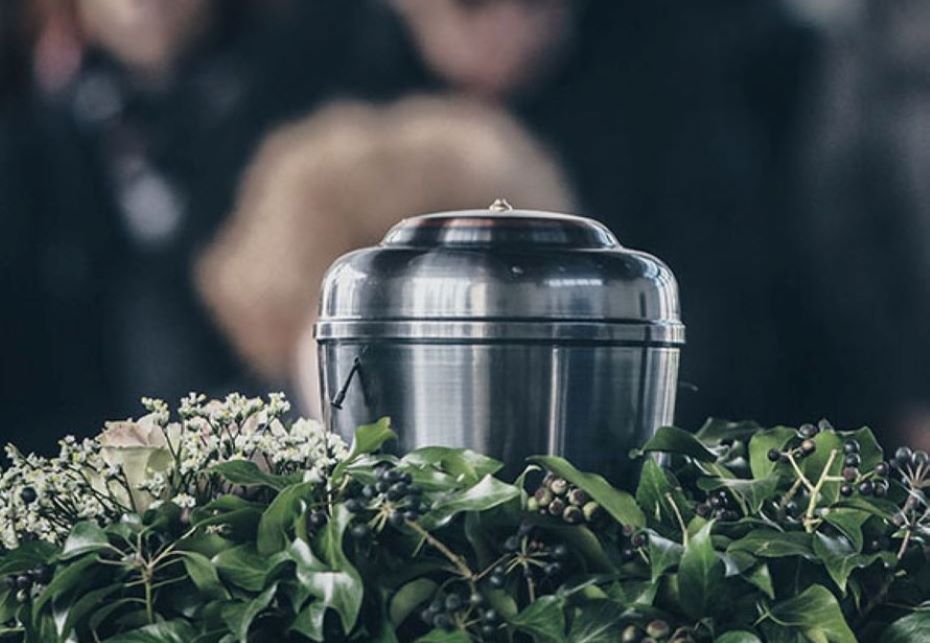
The practice of cremation was for many years considered taboo in western societies.
This was partly due to its conflicting views with Christian beliefs and that it was often viewed as a crude and uncivilized way of treating the dead.
However, over the decades, attitudes towards cremation have shifted dramatically, and today it has become more widely accepted as a viable option for people when it comes to end-of-life arrangements.
In Australia, the practice of cremation now exceeds the traditional burial.
According to the Australasian Cemeteries & Crematoria Association’s, National Cremation Capacity Survey 2020, more than 65 per cent of dispositions of the deceased were cremated. And according to data by the Australian Museum, this figure is increasing by half a per cent each year.
This aligns closely with a survey by McCrindle Research for the Australian Funeral Directors Association, which found two in three Australians prefer cremation over burial when planning their own funeral. In comparison, just 1 in 5 (20 per cent) would choose burial with 14 per cent having no preference.
Cremation first became legal in South Australia in 1891, followed by Victoria in 1903. It wasn’t until 1925 when a bill was passed in New South Wales to allow cremation.
Despite being legal, it took some time for the practice to gain acceptance.
Almost 30 years after cremation was legalised in the country, Pope John XXIII lifted the ban on catholic cremations in 1963, and cremation then passed burials as the preferred form of body disposal.
Various factors contributed to the rise in ‘popularity’ of cremation, including being logistically simpler, secular, more efficient, and depending on location, much cheaper than burials.
GW Kelly Funerals’ Melinda Salkeld says the cost to bury a body in Australia is at least $15,000, which was at least five time more than the cost of cremation.
”A basic cremation without a service can start at around $3,000, while cremation packages, including coffin, celebrant and other services, start at about $6,000 to $8000,” she said.
Melinda said that while cremation was well accepted, there were still people who carried doubts about the practice and found it taboo.
“Though due to record burial plot prices, the majority will opt to go down the path of cremation,” Melinda said.
“As funeral arrangers, we take the time to discuss family requirements and any wishes left by their loved one when we meet to discuss arrangements.
“We will also discuss the difference between a cremation and a burial, including the costs associated with both.
“If the decision for cremation is made, we must complete paperwork with the family for this to happen.
“In most cases, the person arranging the funeral favours a cremation as they feel the traditional burial is old-fashioned, expensive and very time-consuming.”
Cremation is the disposal of a person’s body by burning it through an incineration process in an industrial furnace known as a cremation chamber.
The body is clothed and prepared and then placed in a coffin or casket.
The body and coffin, minus the nameplate, is then placed in the top level of a cremation chamber which is heated at between 800-1000 degrees Celsius. After approximately one and a half hours, the body is burnt, with the calcified bone fragments dropping through to the second level of the chamber.
After two to three hours, after the remains have cooled, the ashes and fragments are collected and ground down to fine sand-like particles before being placed in a container as determined by the family, with the nameplate attached.
The ashes are provided to a relative of the executor of the estate, for them to finalise their wishes.
This could include: